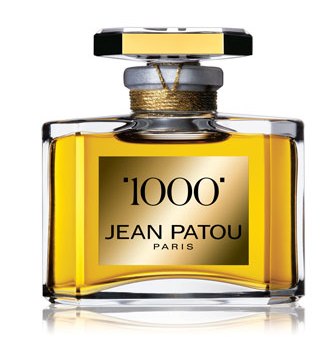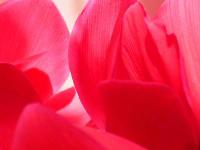Jean Patou 1000 (Mille) : Fragrance Review
So, you’ve worn fragrances in the days when the dangers of oakmoss didn’t occupy the bright minds in the EU’s governing bodies. Perfume to you means character and statement, not something that smelled blindly could be mistaken for shampoo or a flavor compound mistakenly rerouted from a candy factory. Or you simply love scents that have curves and glamour, just like the stars in your favorite black-and-white films. Well, I have three words for you–Jean Patou Mille. Or let’s just make it a number–1000.

Although Jean Patou’s fame owes much to its 1930s bombshell Joy, 1000 is my favorite from the collection. It packs as much old-school glamour as a reasonable person could take, but that’s what makes it interesting. You can certainly find plenty of dramatic perfumes with a touch of vintage glamour, from Chanel to Frédéric Malle, from Guerlain to Parfums de Nicolaï, but 1000 holds its own next to No 5, Hermès Calèche and Madame Rochas.

















Joi in Giorgio Armani Mania : Long Lost Favorite Perfume: Yes!! January 25, 2024 at 2:54am